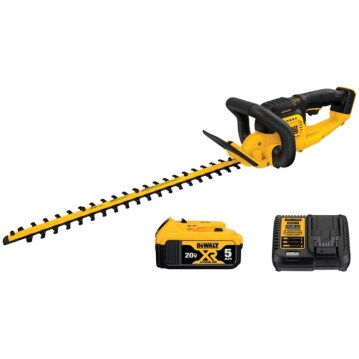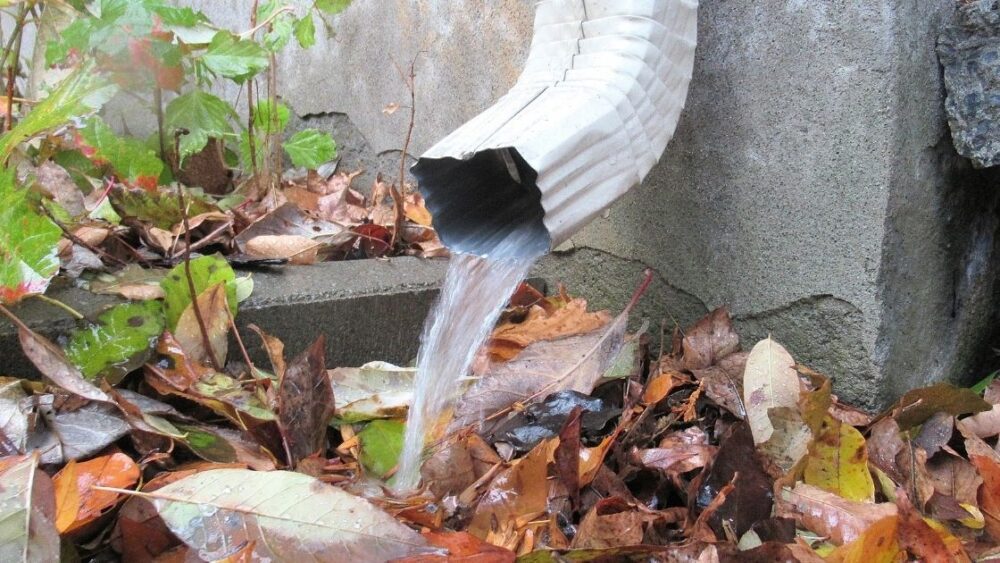
With unfavorable root zone conditions, most succulents can quickly succumb to root rot. At first, the problem starts without any symptoms, but can quickly progress. If no measures are taken, the whole root ball can become black and rot away, stripping the plant of its ability to absorb water and nutrients.
The stems and leaves of most succulents are very tough and resistant to harsh environmental conditions. Desert succulents in particular have a very thick skin and can tolerate extreme swings in ambient temperatures, high heat and extreme drought without taking any permanent damage.
Signs Of Invisible Root Damage
Root damage will reduce the functional root mass of the succulent and as a result, signs of dehydration will appear – wilting, shriveling and discoloration.
Browse our Affiliate Products
It’s important to consider other factors before jumping to conclusions – insufficient light or severe heat stress may also cause dehydration, even if the roots are healthy. Root rot typically progresses slowly and steadily, unlike heat stress which occurs hours after the plant has been put in direct sunlight without first being acclimatized to it.
Very low light levels will deprive the succulent of energy and may also lead to dehydration. However, if the problem gets worse when the plant is given more light, the culprit is almost certainly root rot.
Why Are Succulent Roots So Prone To Rotting and Damage?
The roots of succulents aren’t inherently weak – its just that desert plant are adapted to different growing conditions compared to other plants.
Succulents utilize a different type of photosynthesis, called CAM (Crassulacean Acid Metabolism). Instead of manufacturing sugars during the day, they do it at night. This is a survival mechanism that enables succulents to open up the pores on their leaves and absorb carbon dioxide only at night, preventing excessive water loss.
Unfortunately, this type of photosynthesis makes the plants more sensitive to the oxygen levels in the soil – they need to ‘breathe’ more. If the soil is drowned in water for too long or is too compacted, the root tips quickly suffocate and start dying. Because succulents are slow-growing, they can’t develop new roots quick enough to overcome this and the problem can quickly progress until it kills the plant.
Also check out our Resource Guide for all your outdoor garden accessories and outdoor needs. Outdoorgardenaccessories.com/resource-guide/
Types Of Root Damage In Succulents And What To Do About Each One
Although overwatering and an unsuitable soil are the most common causes of severe root rot, there are other types of root damage as well.
Excessive fertilization can desiccate the surface of the roots, kick-starting the rotting process. And obviously, the roots may be physically damaged by careless repotting.
For continued reading on succulents check out this article, it may help with other succulents you may have. Why Is My String Of Dolphins Shriveling and Dying? Here’s Why
Root Rot From Overwatering
Wilting and stem/leaf dehydration after excessive watering doesn’t necessarily mean that the roots have started rotting. Even short-term waterlogging of the soil can deprive the roots of oxygen, hindering their ability to transport water.
However, if the problem doesn’t correct itself after the soil dries up, this may signal root rot. This typically happens with frequent watering, after the soil has been kept constantly moist for more than a week or two.
Solution
Letting the succulent recover on its own and develop new roots is sometimes an option. Move it away from the sun and let it rest for a week or two.
This only works for small pots that can quickly dry up – in larger containers, the water damage can take too long to resolve and letting the plant rest will only lead to progression of the rot. In this case, the succulent needs to be uprooted and left to dry out a bit.
After that, repot it in a well-draining cactus potting mix and let it form new roots without exposing it to the full sun. Full recovery can take about a month.
Root Burn From Over-Fertilization
High concentrations of fertilizer can start pulling water away from the root surface, drying it up, after which the dead tissue starts rotting. Excess ammonia absorption from the fertilizer can also directly damage the root cells.
Solution
If the succulent is in a small pot, performing a simple water flush usually solves the problem. After the flush, discontinue watering and move the plant away from direct sunlight for about two weeks.
Larger pots can still benefit from this, but there is risk of severe root rot caused by the soil drying up too slowly. In that case, the solution is the same as in the previous case – uproot the plant, flush the roots with water and let them dry up a bit. After that, repot in a new soil, water well and let the plant recover for up to a month, keeping it away from the direct sun.
Root Rot/Damage Caused By Unsuitable, Compacted Soil
Compacted soil limits the aeration of the roots, leading to suffocation and eventual rot.
Solution
The only solution is to repot the plant in a suitable soil. General purpose potting mixes high in compost and perlite are not suitable for most succulents – use a cactus potting mix instead.
Physical Damage From Repotting
Damaging a large percentage of the root ball when repotting creates an imbalance – the succulent has the same aerial mass, but the root mass is reduced and can’t transport enough water.
Solution
Most succulents recover quickly on their own when placed in a shaded spot for a few weeks. Avoid fertilization immediately after repotting.
How Much Root Damage Can A Succulent Take And Still Recover?

With proper care, any succulent can be saved, regardless of how much root damage it’s suffering from. After all, completely rootless leaf and stem cuttings of succulents can be successfully rooted and so can a whole plant, even if all of its roots have been cut off.
However, this requires limiting the water loss through the leaves, by placing the succulent in a cooler spot with no direct sunlight. In very large plants, the only way to keep them alive until they develop new roots is to provide a humidity dome that keeps the ambient humidity close to 90%-100%. This should be done only temporarily, as it promotes fungal growth and creates a suitable environment for insect pests.
With large succulents that have suffered extensive root rot, the best solution may be to sacrifice the whole plant and cut it up into new cuttings which can be rooted in new pots. With leafy succulents, like Echeveria, this can be very productive and one plant may give new life to dozens of new ones. Unfortunately, it may take more than a year for the rooted cuttings to grow to the same size as the original plant.
Final Thoughts
Root rot is an extremely common problem and can cause great frustration for novice succulent growers. The problem almost always comes down to frequent and excessive watering and not letting the surface of soil dry up a bit.
Almost any succulent can be saved, regardless of how extensive its root damage is, but the process may take more than a month.









